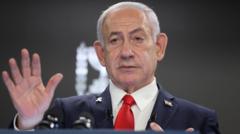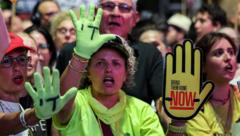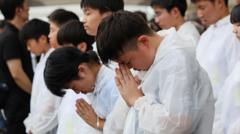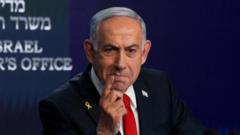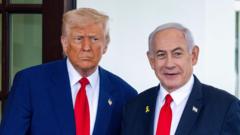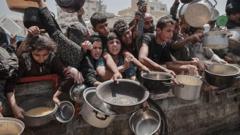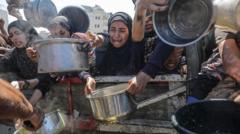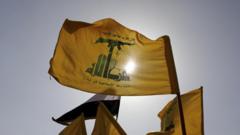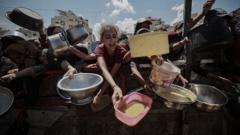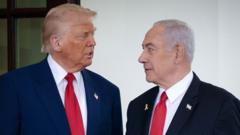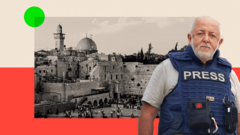Ayatollah Ali Khamenei's lack of public appearance and communication has sparked concern across Iranian society. Officials suggest he is in hiding due to threats against his safety, yet this has only intensified speculation about the stability of Iran's leadership during a time of crisis.
Concerns Mount Over Ayatollah Khamenei's Unexplained Absence in Iran

Concerns Mount Over Ayatollah Khamenei's Unexplained Absence in Iran
The absence of Iran's Supreme Leader for nearly a week raises alarms amid escalating tensions, leaving both officials and the public in a state of uncertainty.
In a recent episode of Iranian state television, the host directed an urgent inquiry to a senior official regarding the health and welfare of Ayatollah Ali Khamenei, who has not been seen or heard from for almost a week. The commentary reflects the broader anxiety permeating Iranian society—ranging from top political figures to ordinary citizens—over the Supreme Leader's well-being in the midst of intensified military aggression from Israel and the United States.
Mehdi Fazaeli, head of Khamenei's archives office, responded to the queries, acknowledging the palpable worry shared by many and stating that even he had been flooded with requests for updates on the Supreme Leader's condition. Addressing the anxious audience, Fazaeli refrained from providing substantial information, expressing hope instead and urging citizens to pray for the leader’s safety. He emphasized the dedication of those tasked with Khamenei’s security, reinforcing a narrative that encourages resilience and unity amongst the Iranian populace.
Khamenei's absence poses a stark contrast to his usual presence, particularly during critical national challenges where leadership visibility is often deemed central to maintaining public morale and stability. As the leader who holds the ultimate authority on pivotal state matters, the uncertainty regarding his whereabouts and condition has left many questioning the continuity and strength of Iran's governance structure in times of conflict.
This growing mystery around Khamenei’s silence coincides with heightened international tensions, prompting widespread speculation regarding potential shifts in leadership dynamics within the Iranian regime. The call for prayers from Fazaeli serves not merely as a response to worry but also as a reminder of the depth of dependence on Khamenei’s leadership in navigating Iran’s complex geopolitical landscape. In the face of mounting fears, the question of what this silence could signify for the future of Iran remains at the forefront of public discourse.
Mehdi Fazaeli, head of Khamenei's archives office, responded to the queries, acknowledging the palpable worry shared by many and stating that even he had been flooded with requests for updates on the Supreme Leader's condition. Addressing the anxious audience, Fazaeli refrained from providing substantial information, expressing hope instead and urging citizens to pray for the leader’s safety. He emphasized the dedication of those tasked with Khamenei’s security, reinforcing a narrative that encourages resilience and unity amongst the Iranian populace.
Khamenei's absence poses a stark contrast to his usual presence, particularly during critical national challenges where leadership visibility is often deemed central to maintaining public morale and stability. As the leader who holds the ultimate authority on pivotal state matters, the uncertainty regarding his whereabouts and condition has left many questioning the continuity and strength of Iran's governance structure in times of conflict.
This growing mystery around Khamenei’s silence coincides with heightened international tensions, prompting widespread speculation regarding potential shifts in leadership dynamics within the Iranian regime. The call for prayers from Fazaeli serves not merely as a response to worry but also as a reminder of the depth of dependence on Khamenei’s leadership in navigating Iran’s complex geopolitical landscape. In the face of mounting fears, the question of what this silence could signify for the future of Iran remains at the forefront of public discourse.



